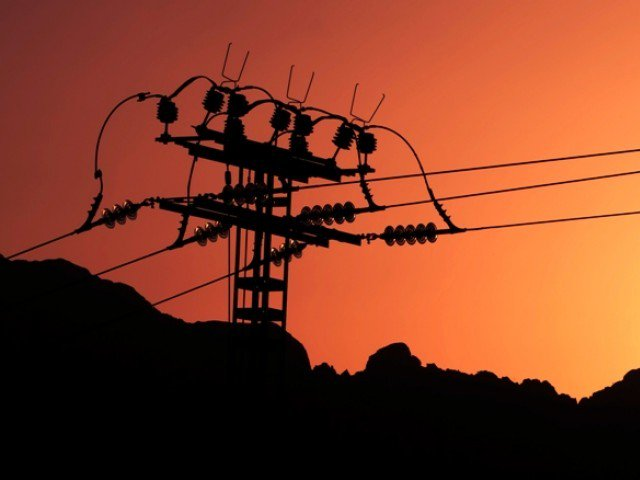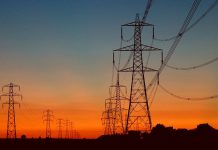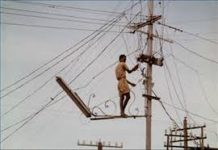
ISLAMABAD: The government on Monday revealed an increase in power losses and receivables, falling recoveries and unvaried electricity supply, demand and shortfall in last one year.
Secretary Power Yousaf Nasim Khokhar said the governance issue was due to a culture of collusion and corruption in the power system, reported Dawn.
The power division on Monday presented details regarding the steady rise in power sector receivables from Rs589 billion in 2015 to Rs779 billion till June 4th, 2018, increasing 32.25 percent.
Mr Khokhar shared average power shortfall was recorded at 4,530MW in July 2017 and was largely remain unchanged in 1st week of June 2018 at 4,559MW.
A power division while briefing the Senate committee shared the power shortfall had crossed 5,000MW a few days ago.
During its presentation to the Senate Standing Committee on Power, the power division revealed power sector receivables ratcheted a 46 percent increase to Rs633 billion last week from Rs434 billion in end of June 2015.
According to the Power Division, disconnected defaulter’s receivables were recorded at Rs99 billion.
The Senate panel’s meeting was chaired by Senator Fida Muhammad was apprised government sector receivables were recorded at Rs146 billion earlier this month against Rs156 billion in 2015.
The Senate committee wasn’t apprised the fall was because of the Rs50 billion waiver permitted by the PML-N government to the Sindh government in 2016.
Contrarily, receivables of the power sector from government sector rose 8.33 percent, touching Rs169 billion in 2016 and decreased to Rs115 billion in 2017, because of the waiver provided by the federal government.
However, these receivables again surged 21 percent, touching Rs146 billion in outgoing financial year.
Private sector receivables rose 8 percent, touching Rs469 billion in 2016. For 2017, an 18.3 percent rise was reported to Rs55 billion and further increased to Rs633 billion in 2018.
Mr Khokhar shared average demand in July 2017 was recorded at 21,540MW which increased to 23,301MW by June this year, posting 8 percent rise.
In the corresponding period, a 10 percent rise in generation was recorded, touching 18,742MW now compared to 17,012MW in 2017.
Yet power shortfall rose to 4,559MWby June this year compared to 4,530MW last year. Moreover, Mr Khokhar said the shortfall should have been lesser, but non-availability of 3,000MW of hydel-based generation due to water shortage significantly power supply.
Also, secretary power shared rampant culture of collusion and corruption was so embedded that the federal government was facing challenges to run distribution companies.
He added he personally reached out to provincial governments and ex-federal power minister had written to the chief ministers for meetings to curb theft and recovery issues and they didn’t even bother to reply to the letters.
In this backdrop, ex-PM Shahid Khaqan Abbasi had recommended distribution companies to be taken over by provinces which should then distribute electricity and make recoveries.
Mr Khokhar added privatisation was the final solution for the power sector, however, a lack of political will inhibited the process.
He apprised the committee there was sufficient generation capacity available, but system limitations were contributing in a failure of weak Discos to lift allocated power supply quota.
And some Discos reported technical losses of up to 25 percent, in certain cases.
Senate committee was informed overall system losses had risen by 0.4 percent this year compared to last financial year and bill recovery fell by 3.6 percent to 90.77 percent.
Highest percent of losses were recorded for Peshawar Electric Supply Company (Pesco) at 36.6 percent, 35.7 percent for Sepco and 19.1 percent for Hesco.
Losses for Iesco were reported to be the lowest at 7.1 percent.
Recovery percentages of Discos were also shared with the committee with rates for Fesco standing at 100 percent recovery, Lesco, Mepco and Gepco at 98 percent.
For Iesco and Pesco, they were recorded at 90 percent and Qesco had the lowest recovery percentage of all Discos at 24 percent.






